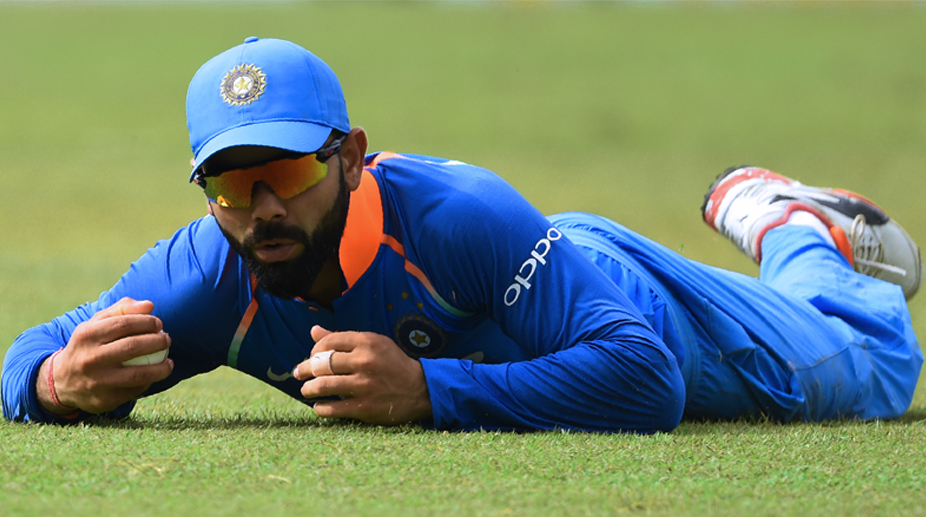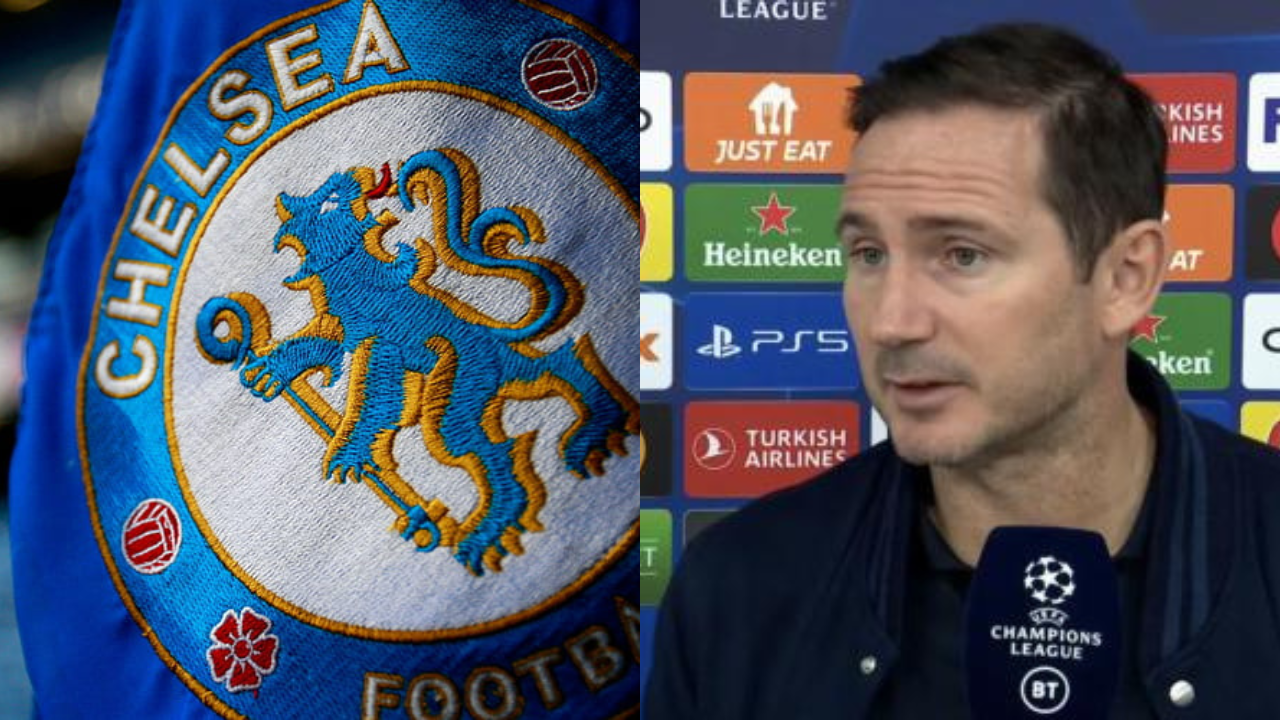
IPL performances must be viewed in light of the players’ desire for role clarity and the opportunity to fail, for the Indian Cricket Team players.
The Indian Cricket Team entered the 2021 T20 World Cup as one of the favourites but fell short of the semi-finals due to a faulty squad and bad luck. The next T20 World Cup will be held in Australia in less than a year, and the Indian Cricket Team will have a new captain and coach.
Here’s a kind of road plan for what the Indian Cricket Team need to achieve to be serious contenders for the next World Cup:
#1 Clarity and security in roles for the players of Team India
T20 cricket might seem straightforward if players are assigned certain duties and permitted to fulfil those tasks regularly without fear of failure. Kieron Pollard did not become one of the top finishers in the world overnight. He got there by repeating the same work in many settings and scenarios.

To feel that one can defend 10 runs in the final over or score 30 runs in the last two overs, a player must have played that role several times. If a player is chosen to maximize powerplay, be a defensive bowler or bowl yorker after yorker in the death, he must fail in that capacity for 10 matches before being fired.
The new decision-makers in the Indian Cricket Team must give the players that latitude. Management must pick the proper players and their backups, clearly define their positions, and adhere to that strategy until the World Cup is over.
#2 IPL performance should be contextualized while picking the players for Team India
The IPL is an excellent venue for young cricketers to demonstrate their abilities, particularly under pressure. There is no assurance that a player who performs well as an opener in the Indian Premier League (IPL) would also do well in international cricket. IPL numbers should not be the main criterion for selection to the Indian Cricket Team.

The roles they perform, the circumstances, and the level of resistance differ. A player’s chances of success increase significantly if he plays the same role for both his IPL club and the national squad. It is also a smart idea to offer bright young cricketers the second year in the IPL to evaluate how they react to improved opposition strategies, which they will almost certainly confront in international cricket.
#3 Team India to prepare by researching current circumstances and trends
Unlike Test series or ODI World Cups, the T20 World Cup does not provide many chances to recover after a defeat. In addition, the congested international schedule does not allow for too many days to prepare expressly for a World Cup.
While several non-Indian players compete in T20 competitions throughout the globe, Indian players exclusively play in the IPL (apart from domestic tournaments, like the Syed Mushtaq Ali Trophy). As a consequence, the situation on offer might catch the Indian Cricket Team off guard during a World Cup.

To prevent such obstacles, Indian Cricket Team management might send scouts and analysts to Australia this summer for the Big Bash League and international games to study the circumstances and grasp the precise qualities necessary to succeed. This information might be useful in terms of squad selection and preparation for the major competition.
#4 Be mindful of the bubble and your workload
Outgoing Indian Cricket Team coach Ravi Shastri has said that bubble fatigue was one of the key reasons India did not show up for the two major World Cup matches.

#5 Give credit where credit is due
The five-year gap between the past two World Cups, along with Covid-19-related concerns, made it impossible for teams to get themselves ready ahead of time for this one. However, they can begin planning for the next one immediately. In the Indian Cricket Team’s instance, this begins on November 17 in Jaipur versus New Zealand.
The Indian Cricket Team might follow in the footsteps of England by resting multi-format players from Tests and ODIs and just playing them in T20Is, or they could follow in the footsteps of the West Indies by fielding two separate squads for red-ball and white-ball games. Both have advantages and disadvantages, and the strategy will be decided by Rahul Dravid, the new Indian Cricket Team captain, and the selectors.





